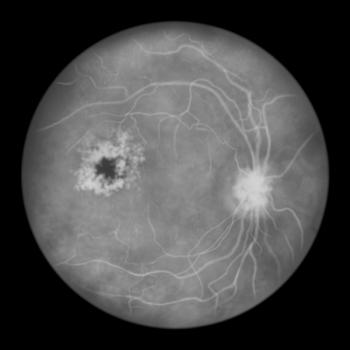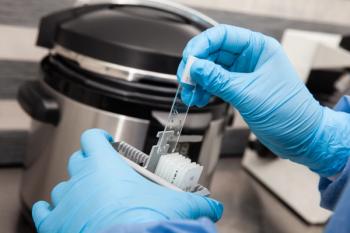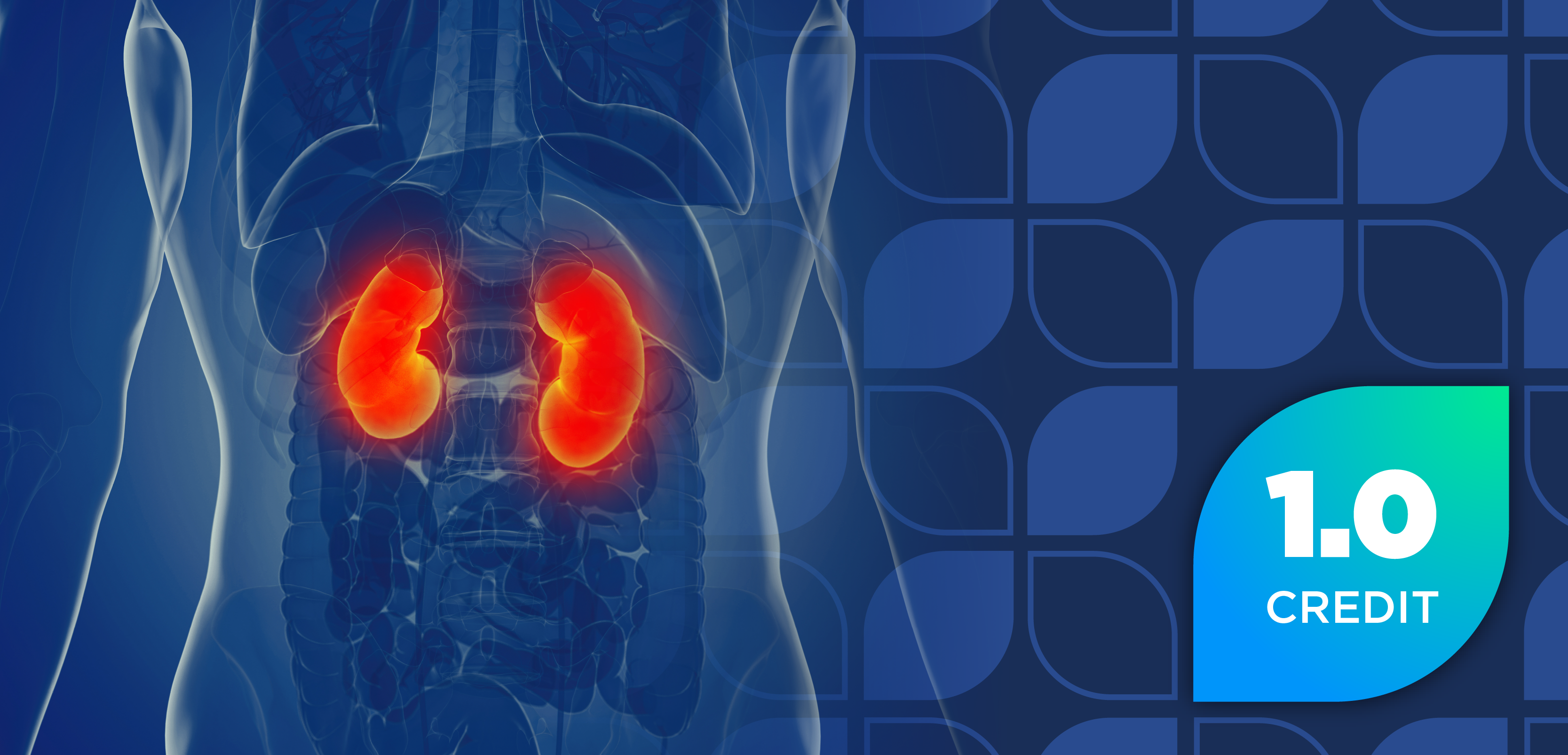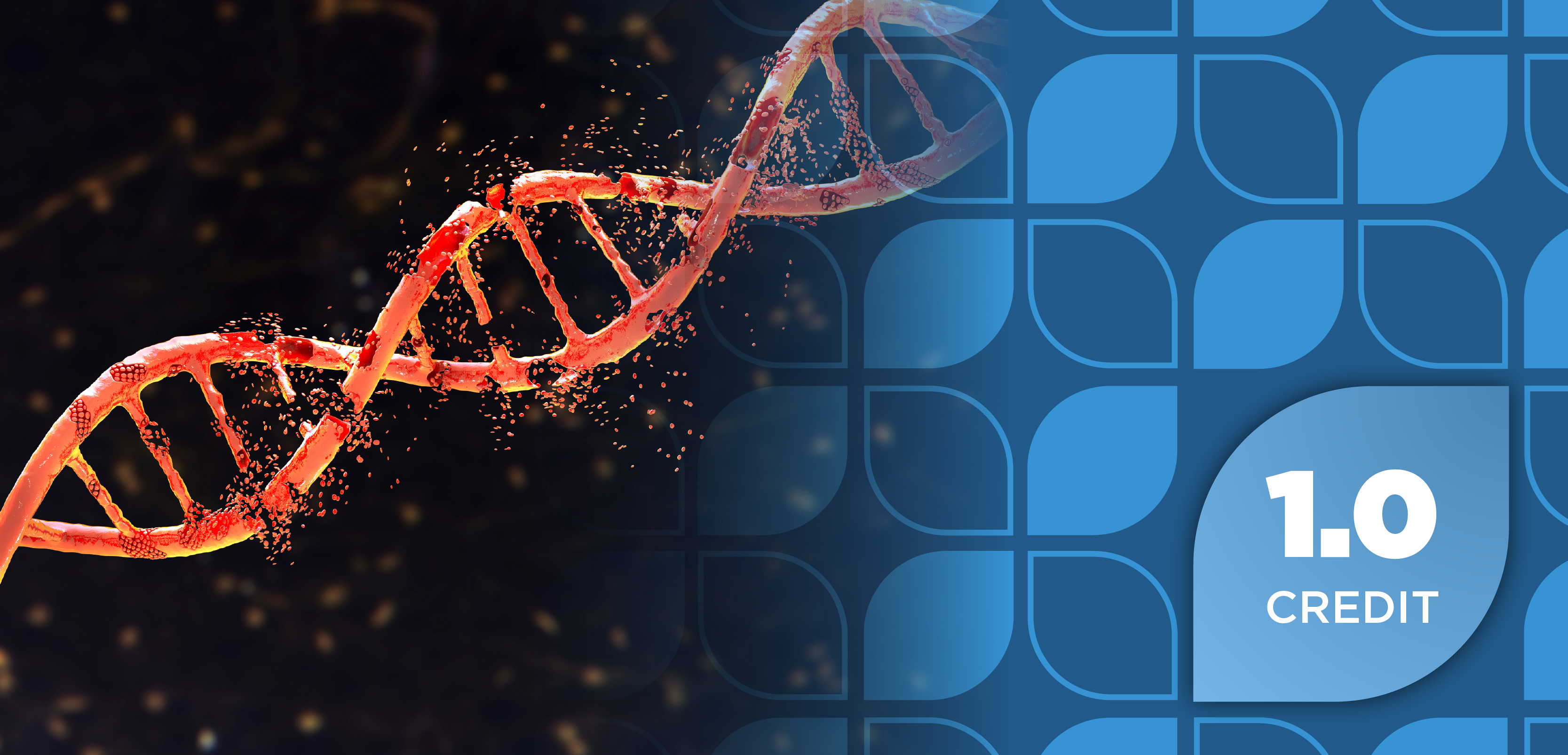
CGM-Based Measures Could Improve Detection of Impaired Glucose Regulation
Key Takeaways
- Continuous glucose monitors (CGMs) may offer a less invasive method for early detection of impaired glucose regulation in nondiabetic individuals.
- Traditional diabetes tests may not capture dynamic glucose regulation, potentially missing early changes in glucose handling.
Researchers explore continuous glucose monitors (CGMs) for early detection of insulin issues, aiming to prevent diabetes progression and improve screening methods.
Researchers from the University of Tokyo assessed the use of continuous glucose monitors (CGMs) as a less invasive method for identifying impaired glucose regulation in individuals without diagnosed diabetes. The study authors, who published their findings in Communications Medicine, noted that CGM data may offer a valuable tool for early detection and monitoring.1,2
Diabetes Occurrence and Treatment
Approximately 37.3 million individuals in the US have diabetes, impacting nearly 11% of the population. Type 2 diabetes (T2D) is identified as the most common form, affecting 90% to 95% of all diabetes cases. Experts are referring to diabetes as a “silent epidemic,” as cases are predicted to increase to 643 million by 2030 and 783 million by 2045.3
Early detection of impaired glucose regulation, which represents a transitional stage between normal glucose levels and diabetes, is crucial for preventing or delaying T2D. However, individuals with T2D may not have symptoms or may develop them slowly. Routine blood work could display high blood glucose levels before symptoms are recognized, but other traditional diagnostic methods may overlook early changes since they depend on occasional blood samples instead of CGMs.3
“Traditional diabetes tests, while useful, do not capture the dynamic nature of glucose regulation under physiological conditions,” Shinya Kuroda, a professor at the University of Tokyo’s Graduate School of Science and coauthor of the current study, said in the news release.2
Could CGMs Aid Early Diabetes Detection?
Researchers conducted a prospective study using an analytical framework that uses glucose autocorrection to assess the body’s ability to regulate glucose levels. A total of 64 individuals without a prior diabetes diagnosis who were older than 20 years were recruited from Kobe University Hospital in Japan. A subgroup of individuals was identified with normal glucose test results but reduced insulin sensitivity, similar to those with impaired glucose intolerance. Additionally, both glucose autocorrection and variability were independently linked to insulin sensitivity.1,2
The team used a CGM device, an oral glucose tolerance test (OGTT), and a clamp test to assess insulin sensitivity and glucose metabolism. The results demonstrated a measure of glucose-level fluctuations (AC_Var) correlates with the disposition index, which is a predictor of future diabetes risk. Additionally, machine learning models showed that AC_Var independently predicts insulin sensitivity and, when combined with CGM glucose variability, outperforms traditional markers like fasting glucose, HbA1c, and OGTT. Simulations further confirmed its association with insulin sensitivity.1,2
“By analyzing CGM data with our new algorithm, we identified individuals with impaired glycemic control — even when standard diagnostic tests classified them as ‘normal,’” said Kuroda, in the news release. “This means we can potentially detect issues much earlier, creating an opportunity for preventive interventions before diabetes is diagnosed.”2
The findings suggest that CGM-derived indices could predict glucose handling capacities among individuals without a prior diabetes diagnosis.1,2
“Our ultimate goal is to provide a practical, accessible tool for widespread diabetes screening,” Kuroda said in the news release. “By enabling early detection of glucose regulation abnormalities, we hope to prevent or delay disease onset and reduce long-term complications.”2
REFERENCES
1. Sugimoto, H., Hironaka, Ki., Nakamura, T. et al. Improved detection of decreased glucose handling capacities via continuous glucose monitoring-derived indices. Commun Med 5, 103 (2025). https://doi.org/10.1038/s43856-025-00819-5
2. Tuning in to blood glucose for simpler early diabetes detection. EurekAlert! News release. April 22, 2025. Accessed October 8, 2025. https://www.eurekalert.org/news-releases/1080865
3. Cleveland Clinic. Diabetes. Updated February 17, 2023. Accessed October 8, 2025. https://my.clevelandclinic.org/health/diseases/7104-diabetes
Newsletter
Stay informed on drug updates, treatment guidelines, and pharmacy practice trends—subscribe to Pharmacy Times for weekly clinical insights.


























































































































































































































